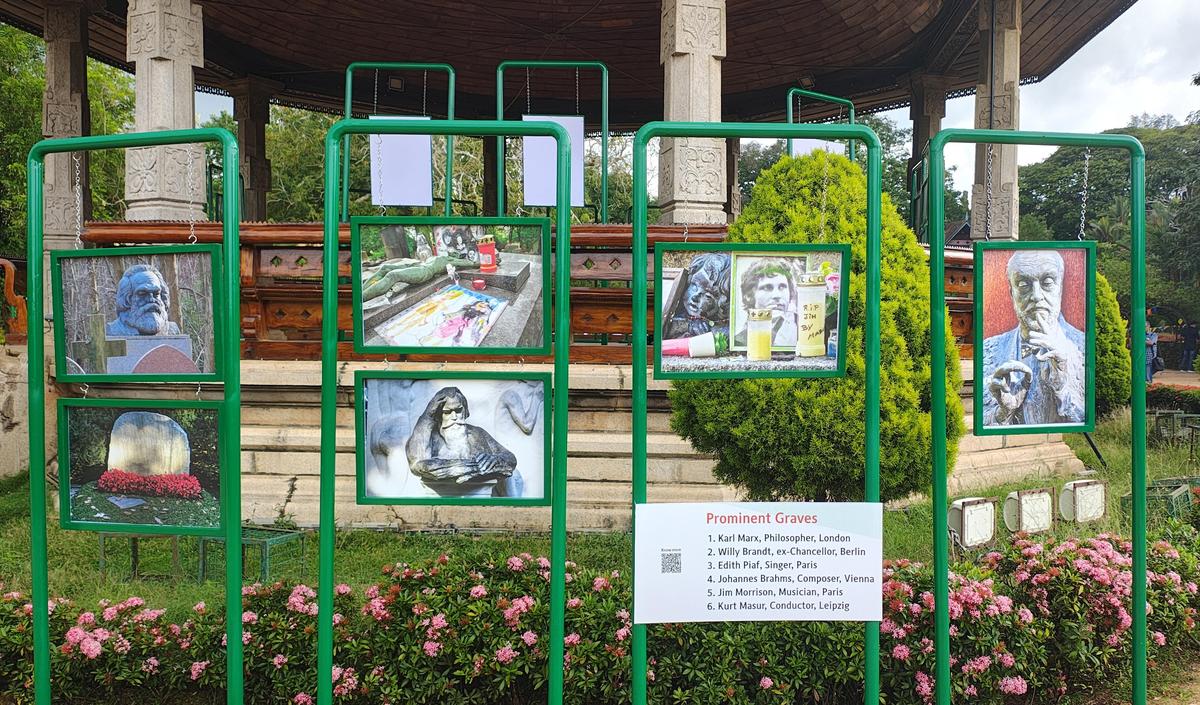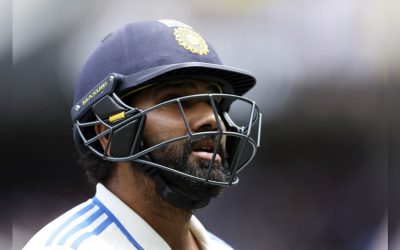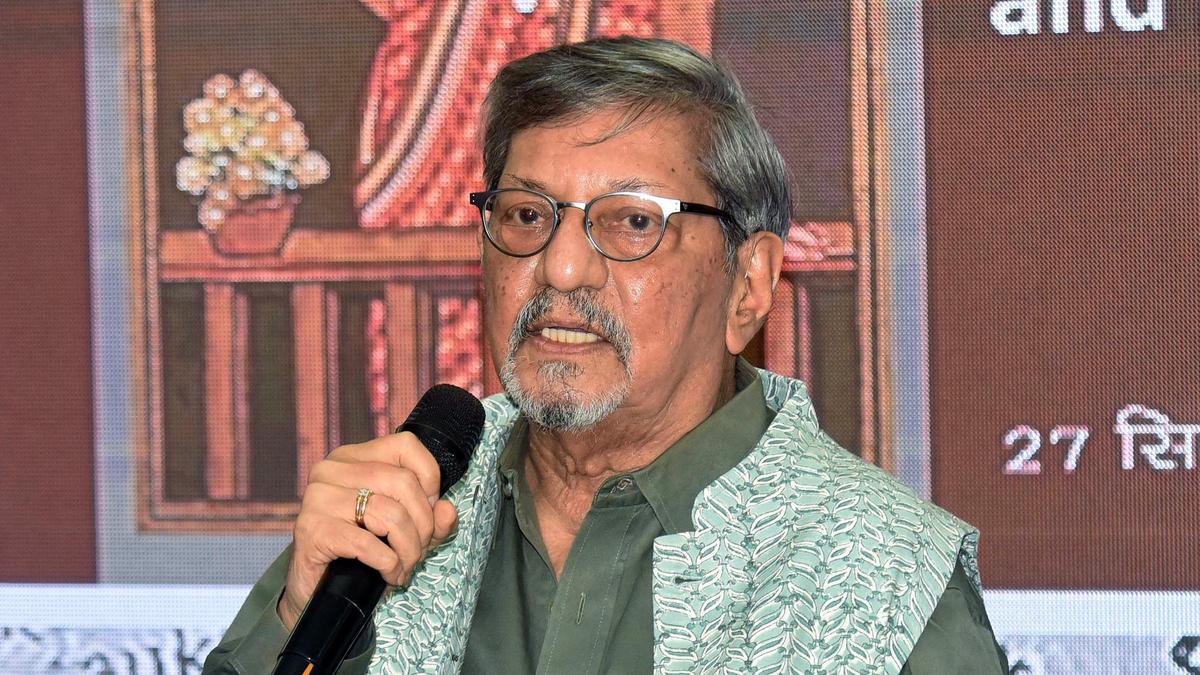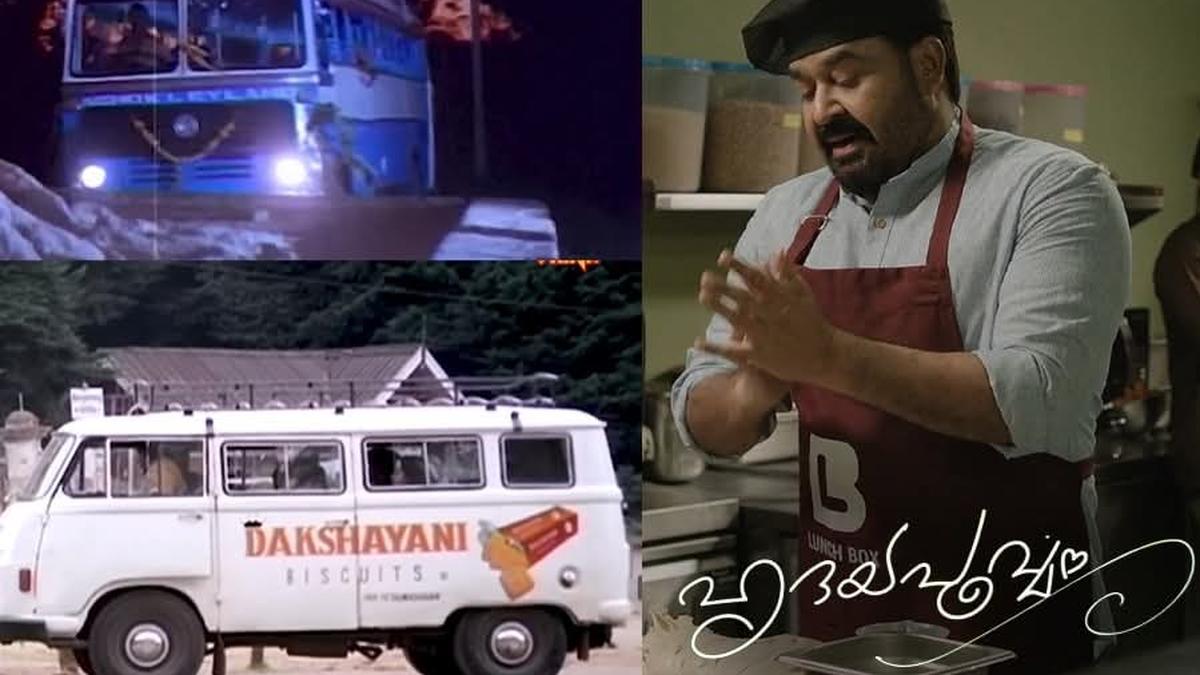German journalist Michael Gleich’s photo exhibition in Thiruvananthapuram is a tribute to death and rituals surrounding it

German journalist Michael Gleich’s photo exhibition Silence Alive: the Global Culture of Farewell, currently on at the Napier Museum grounds in Thiruvananthapuram, is an ode to the departed. Remainders of demise, captured on camera, occupy the Bandstand located on the Museum premises.
The exhibition, organised by the Goethe-Zentrum Trivandrum, is a collection of Michael’s works over the past 10 years, travelling to Germany, the USA, Rwanda, Malaysia, Tunisia, Austria, Lebanon, the UK, and India, in pursuit of diverse pictures, icons, symbols, and rituals related to death.
“As a reporter who is sent to a lot of countries, I benefited from the opportunity to visit cemeteries across the world. I have observed that there is an unnecessary sense of taboo surrounding death. It is an integral part of life and a realisation that we don’t live forever,” says Michael.

The exhibition showcases photographs of cemeteries, graves, and burial rituals across faiths, including graves of personalities such as philosopher Karl Marx and musician Jim Morrison. Michael also highlights a range of artworks on the graves of artists, writers, singers, and actors.

Photographs of prominent graves at Silence Alive: the Global Culture of Farewell photo exhibition
| Photo Credit:
Nainu Oommen
One of the oldest photographs captured by the journalist is that of the Soviet Military Cemetery in Berlin, Germany. Around 3000 Soviet soldiers are buried at the cemetery, says Michael. “The work is an interesting look at how, despite the current strained relationships between Russia and the rest of Europe, we still maintain a dignity for the dead, who are buried there,” he says.

Photographs of the Soviet Military Cemetery in Berlin
| Photo Credit:
Nainu Oommen
Another exhibit has photographs of the genocide cemetery in Rwanda, which were taken last year, and of the remains of the victims of the 1994 Rwandan civil war.
Photos of St. Dimitrios Orthodox Cemetery in Beirut, Lebanon, are also exhibited.
One of the photos that has stayed with the journalist is the open-air cremation in Kannur. “These pictures were taken two weeks ago. According to me, the key aspect of the work is dignity in death.” The series shows a picture of the relatives of the deceased walking around the dead body kept under a pile of firewood. Another photo is of relatives throwing rice at the burning body.
“I had the strongest impression of that cremation in my mind. Over the two days I was there, I got emotionally close to the people. They let me go near the dead body and capture the ritual completely,” says Michael.

Scenes from a Hindu cremation captured by Michael Gleich
| Photo Credit:
Nainu Oommen
One of the works titled Gestures of Farewell, a series on different cemeteries across Germany, portrays sculptures and artwork. A photograph depicts two statues facing each other with a gate in the middle. “This represents the presence of another stage, crossing to the other side with the gate denoting death,” says Michael.
“Societies really suffer if they cannot have funerals for the dead. For instance, in Gaza, we feel collective pain with people buried under the ruins of their own houses. It affects the soul of society when there are no funerals for the dead,” says the journalist.
One of the biggest challenges was finding researching about sites for photographs, says Michael. “It also requires a lot of patience. When you take portraits, people can easily adjust to the outdoor conditions, but while capturing sculptures and graves, it is necessary to find the right light for the picture. Sometimes, I have had to come back in a different season with a different daylight to click the ideal shot.”
The journalist hopes to organise exhibitions in different Goethe centres across the world with the objective of capturing photographs from local burials. “I also want to have printed catalogues with my photos next to long essays about the pictures,” says Michael.
The exhibition is on till November 8 at Napier Museum grounds. Entry is free
Published – November 06, 2025 11:25 am IST




